How to Choose the Best Rechargeable Emergency Light Bulb for Power Outages in Your Home
In our increasingly unpredictable world, having a reliable light source during power outages is essential for safety and comfort in our homes. One of the most effective solutions is the Rechargeable Emergency Light Bulb, which offers a combination of convenience, energy efficiency, and long-lasting illumination when you need it most. But with a myriad of options available on the market, selecting the best rechargeable emergency light bulb can be daunting. This guide will walk you through the critical factors to consider, including brightness levels, battery life, charging mechanisms, and additional features that enhance usability. By understanding these aspects, you'll be better equipped to choose a rechargeable emergency light bulb that meets your specific needs, ensuring you are always prepared for unexpected blackouts.
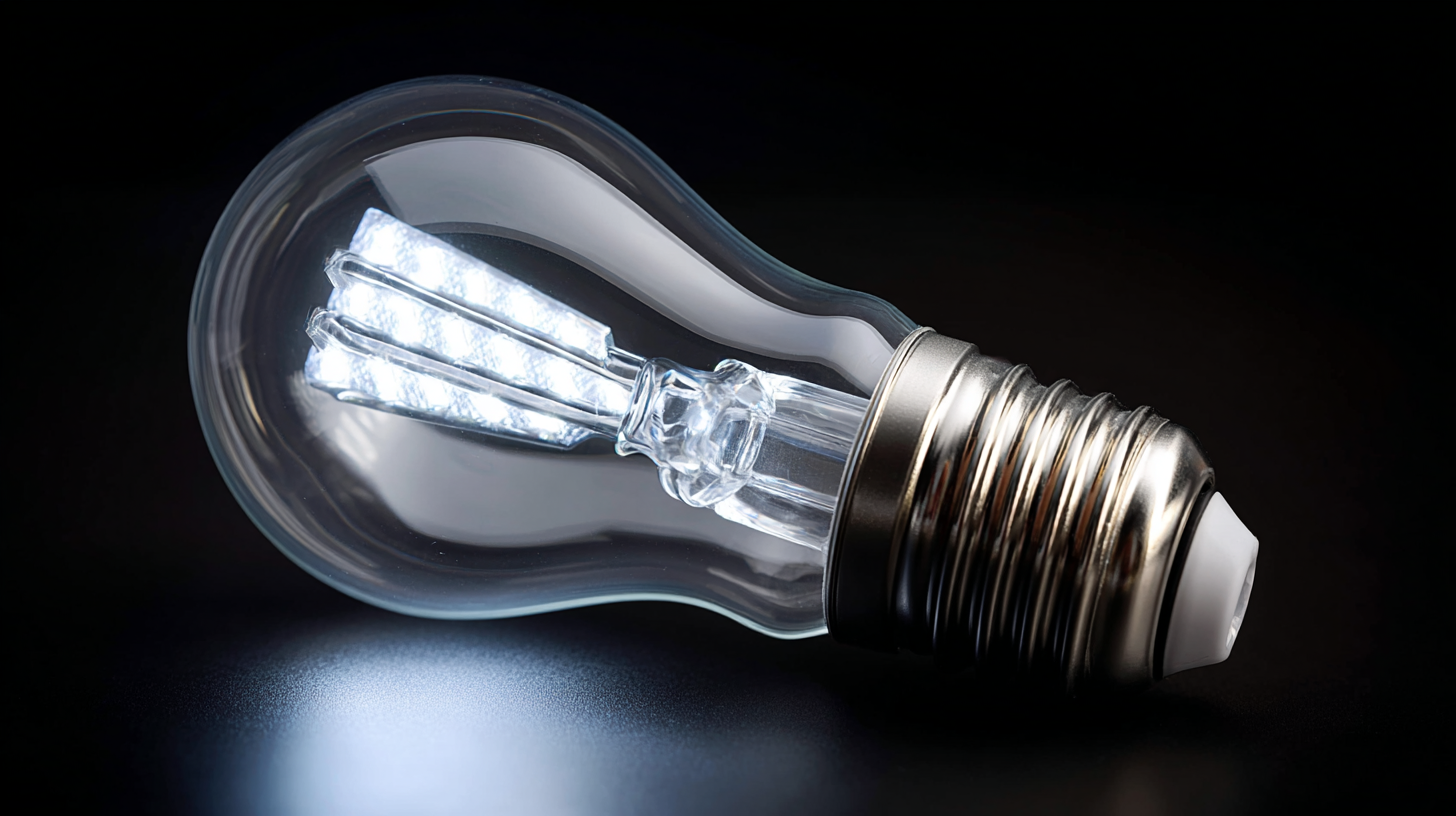
Understanding Your Power Needs for Emergency Lighting
When considering emergency lighting solutions, understanding your household power needs is crucial. The emergency lighting market is rapidly evolving, with LED lights dominating due to their efficiency and longer lifespan. Recent industry analysis shows that the LED segment is projected to hold the largest share, primarily because of its low power consumption and bright illumination capabilities. In contrast, traditional incandescent bulbs are becoming less popular due to their short lifespan and higher energy usage.
Tips for selecting the right rechargeable emergency light bulb include assessing brightness levels to ensure sufficient illumination during a power outage. Look for bulbs with at least 800 lumens, which can effectively light up an average room. Additionally, consider the battery type you need; lithium batteries offer greater longevity and faster recharge times compared to other types, making them a preferred choice in emergency situations.
Moreover, evaluate the bulb's compatibility with your existing fixtures to simplify installation during unexpected outages. Opting for versatile bulbs that work in various socket types ensures you’re prepared, no matter where the outage occurs. Ultimately, prioritizing these factors will help you select the most effective emergency light bulb suited to your home.
Key Features to Consider in Rechargeable Light Bulbs
When selecting a rechargeable emergency light bulb, several key features must be considered to ensure optimal performance during power outages. First and foremost, look for bulbs with a high lumen output, as this determines the brightness they can provide. Ideally, you want a bulb that can illuminate your space effectively, making it easier to navigate and carry out tasks during an outage.
Another essential feature is the bulb's battery life. Rechargeable light bulbs should have a long-lasting battery that can provide hours of illumination after fully charging. Consider opting for models that also have a quick recharge time, allowing you to be prepared for unexpected outages. Additionally, check for built-in sensors that automatically switch the bulb to emergency mode when the power goes out, enhancing convenience and reliability. Lastly, the compatibility of the bulb with existing fixtures and its energy efficiency are crucial factors that can contribute to both safety and cost-effectiveness in the long run.
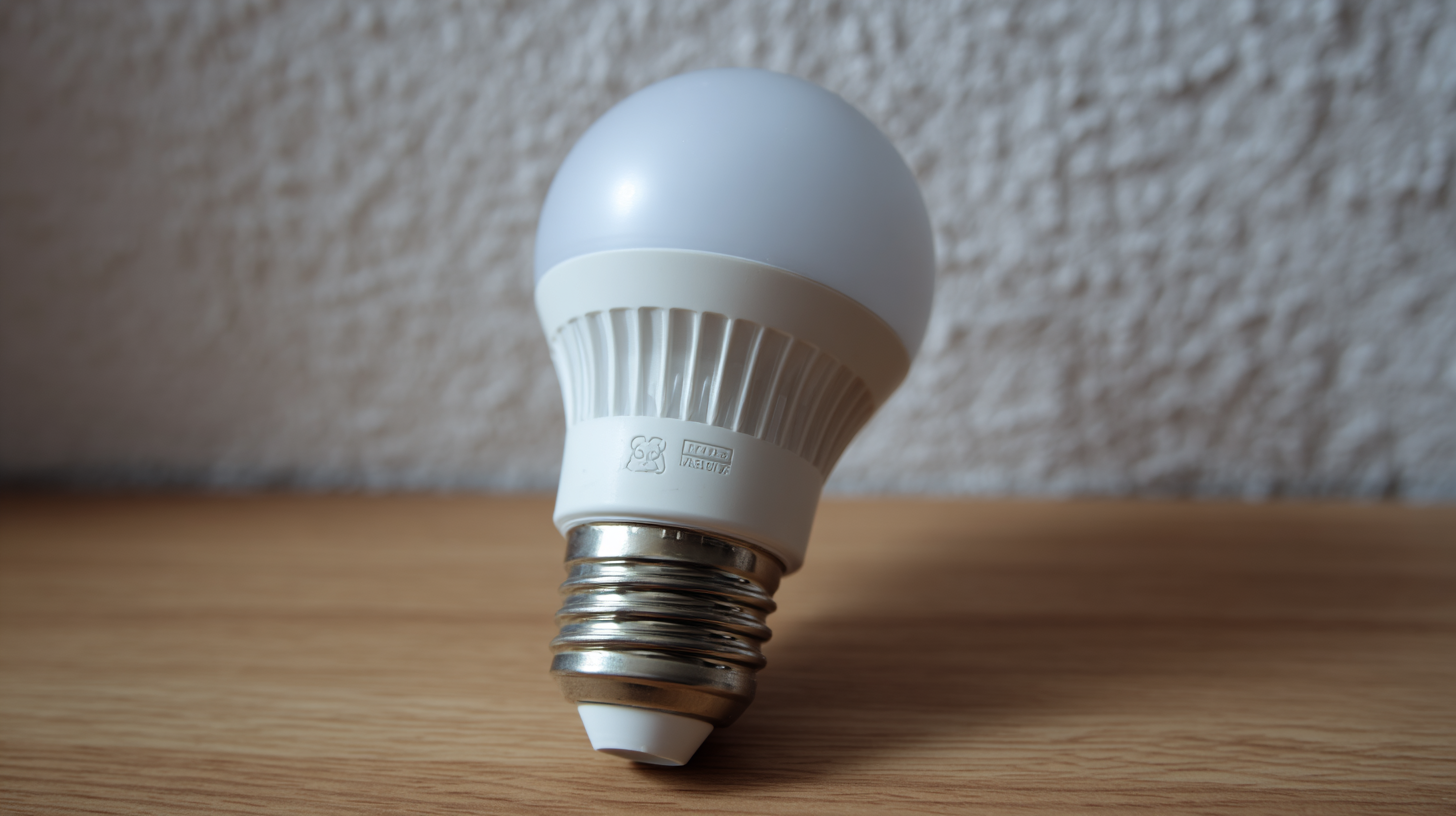
Comparing Battery Life and Charging Options
When choosing the best rechargeable emergency light bulb for power outages, understanding battery life and charging options is crucial. According to a report by the U.S. Department of Energy, energy-efficient LED bulbs can last up to 25,000 hours, while rechargeable models typically provide around 3-6 hours of illumination on a single charge. This battery longevity is essential, especially during extended power outages, as it directly impacts how long you can rely on these bulbs before needing to recharge.
In terms of charging options, many modern rechargeable emergency light bulbs come equipped with multiple charging methods, including USB and standard power outlets. A study by the National Fire Protection Association highlights that bulbs with built-in battery management systems can enhance charging efficiency and lifespan. These bulbs not only charge quickly but can also retain their charge for several months, ensuring they're ready to use when needed most. Selecting a bulb with a combination of long battery life and versatile charging capabilities will ensure you are well-equipped for any emergency situation in your home.
How to Choose the Best Rechargeable Emergency Light Bulb for Power Outages in Your Home - Comparing Battery Life and Charging Options
| Model | Battery Life (Hours) | Charging Time (Hours) | Brightness (Lumens) | Weight (lbs) |
|---|---|---|---|---|
| Model A | 10 | 4 | 800 | 1.5 |
| Model B | 8 | 5 | 600 | 2.0 |
| Model C | 12 | 3 | 1000 | 1.2 |
| Model D | 15 | 6 | 750 | 1.8 |
Assessing Brightness and Color Temperature
When selecting a rechargeable emergency light bulb for power outages, two critical factors to consider are brightness and color temperature. Brightness, measured in lumens, determines how well the bulb illuminates a space. According to the Department of Energy, a standard LED bulb typically emits about 800 lumens, which is sufficient for a room-sized area during an outage. However, looking for bulbs that offer variable brightness settings can be beneficial. This feature allows you to adjust the output according to your needs, ensuring you aren’t left in the dark while conserving battery life.
Color temperature, measured in Kelvins (K), plays a significant role in the ambiance of your space. Bulbs with a warmer color temperature (around 2700K) mimic incandescent lighting, creating a cozy atmosphere. In contrast, cooler temperatures (5000K and above) can provide a stark and daylight-like illumination, which might be better for task lighting or when you need to navigate safely. The Lighting Research Center has found that cooler light can enhance alertness and visibility, making it a smart choice in emergencies. Assessing these characteristics will ensure that you choose the best rechargeable emergency light bulb tailored to your home’s specific needs during power outages.
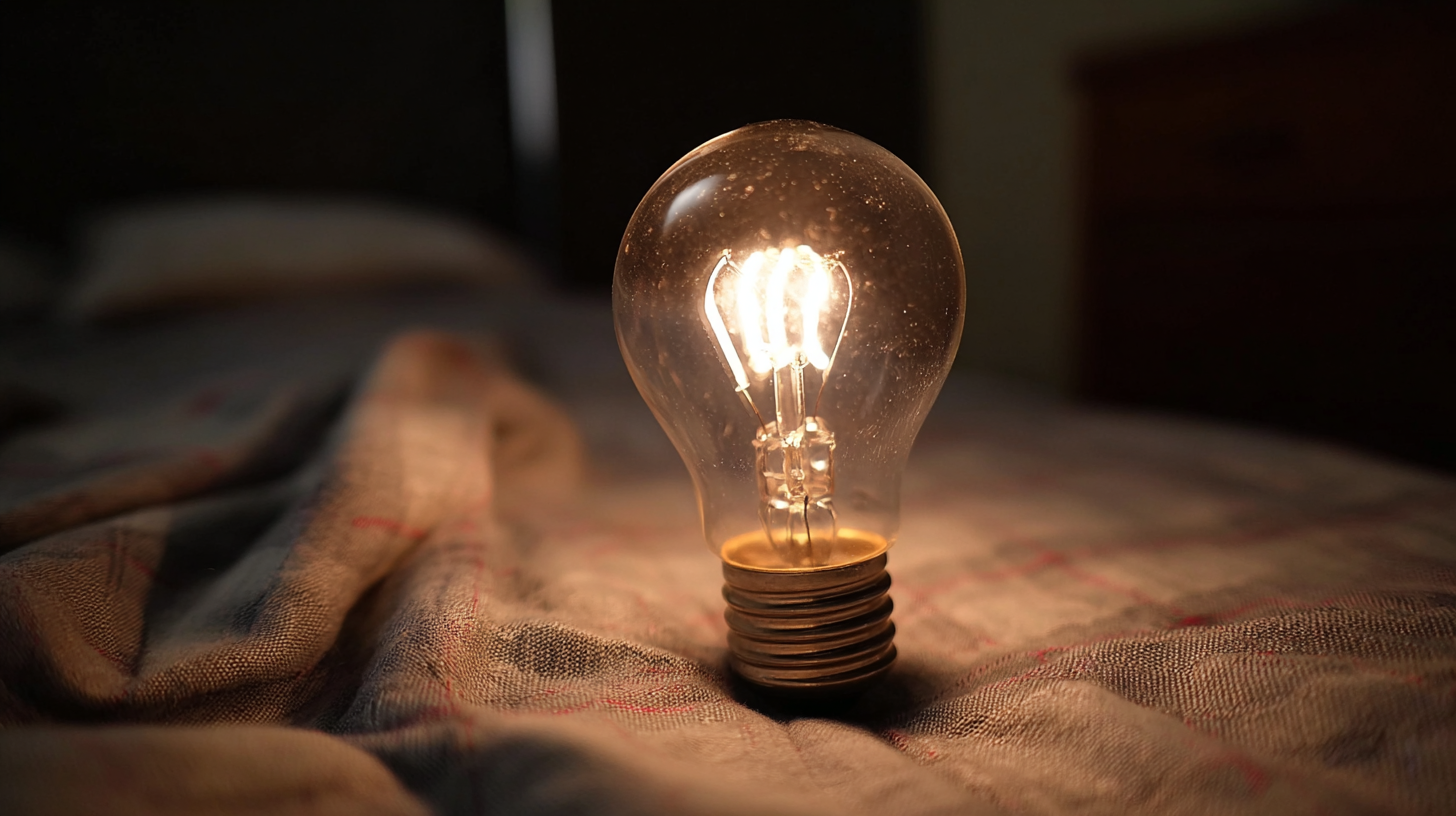
Evaluating Safety Features and Durability for Home Use
When selecting a rechargeable emergency light bulb for home use, evaluating safety features and durability is crucial. According to a report by the International Association of Lighting Designers, over 70% of lighting-related injuries stem from inadequate safety measures in household products. This emphasizes the importance of choosing bulbs with built-in safety features, such as overcharge protection, short-circuit prevention, and flame-resistant materials. Look for bulbs that meet safety standards set by organizations like Underwriters Laboratories (UL), which indicates that they have been rigorously tested for safety.
Durability is equally important in ensuring that your emergency light bulbs can withstand the rigors of unpredictable power outages. A study conducted by the Lighting Research Center revealed that LED bulbs have a lifespan of up to 25,000 hours, significantly outlasting traditional incandescent bulbs, which typically last about 1,200 hours. Furthermore, opting for bulbs that are water and dust-resistant, with an IP rating of at least IP65, can ensure they remain operational in adverse conditions, making them a reliable choice for everyday use and emergencies alike. Investing in quality rechargeable emergency light bulbs with robust safety features and durability can provide peace of mind in uncertain times.
Comparative Analysis of Rechargeable Emergency Light Bulbs
This chart illustrates the comparison of different rechargeable emergency light bulbs based on key criteria including brightness, battery life, charging time, and durability. Such evaluations are essential for selecting the best option for power outages within your home.
Related Posts
-

How to Choose the Best Solar Rechargeable Headlamp for Your Outdoor Adventures
-

What is the Impact of Solar Pathway Lights on Urban Sustainability and Energy Savings?
-
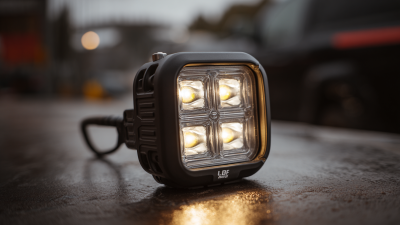
How to Choose the Best Cob Led Rechargeable Work Light for Your Needs
-

Unlocking the Power of Best Waterproof Headlamp with Essential Technical Specs and Practical Usage Tips
-
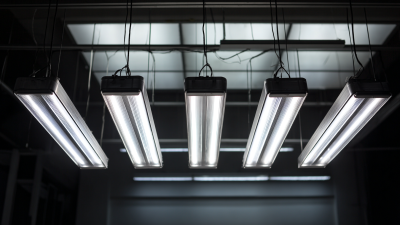
Solutions for Maximizing Efficiency with the Best 20w Cob Bright Light
-

Future Innovations in Camping Portable Lights A Comprehensive Guide for Global Buyers in 2025
